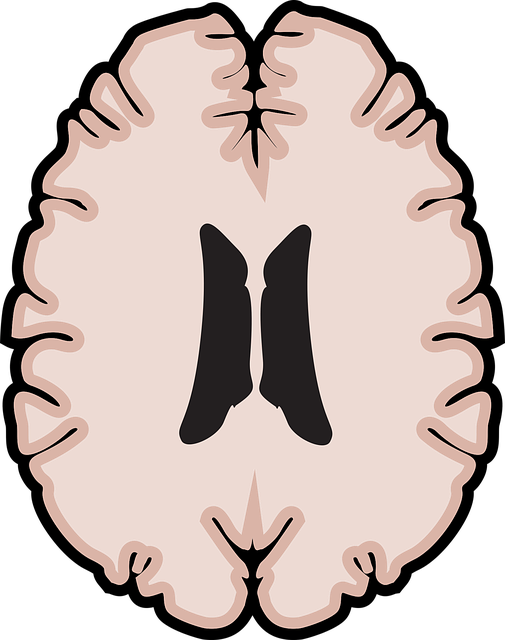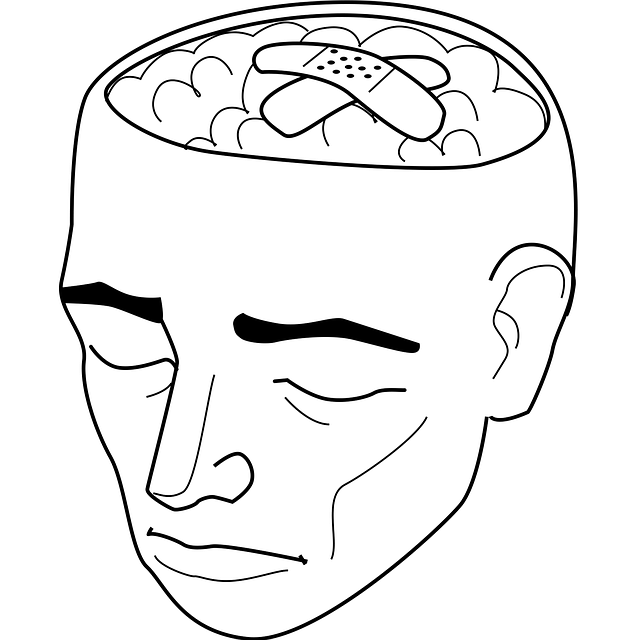Evaluating mental wellness programs like Louisville Exposure and Response Prevention Therapy (LERP/ERPT) is essential for understanding their effectiveness and driving improvements. This involves a combination of quantitative (surveys, cognitive tasks) and qualitative (interviews, observations) data to measure both individual outcomes (symptom reduction, mood changes) and societal benefits (reduced healthcare costs, increased productivity). Key Performance Indicators (KPIs) specific to ERPT could include symptom reductions, client satisfaction, and adherence rates. By integrating these methods, healthcare providers gain a holistic view of the program's success, enabling them to refine and enhance burnout prevention strategies for better client outcomes.
“Unveiling the effectiveness of mental wellness programs is paramount for fostering better patient outcomes. This article explores an in-depth evaluation of Louisville Exposure and Response Prevention Therapy (ERPT), a specialized approach in behavioral health. We delve into assessing program impact using both quantitative and qualitative methods, emphasizing the role of key performance indicators (KPIs). Client feedback integration ensures a client-centered evaluation, with case studies highlighting its benefits.
Furthermore, we discuss benchmarking, trend analysis, and best practices, along with implementing Continuous Quality Improvement (CQI) frameworks to enhance program effectiveness, particularly for ERPT.”
- Assessing Program Impact: Metrics and Measures
- – Overview of quantitative and qualitative evaluation methods
- – Defining key performance indicators (KPIs) for mental wellness programs
- – Utilization of surveys, interviews, and observation in evaluating Louisville Exposure and Response Prevention Therapy (ERPT)
Assessing Program Impact: Metrics and Measures

Evaluating the impact of a mental wellness program is paramount to understanding its effectiveness and making informed improvements. Metrics and measures play a crucial role in assessing the success of initiatives aimed at enhancing inner strength development and depression prevention, such as Louisville Exposure and Response Prevention Therapy (LERP). These metrics can include self-reported surveys measuring participants’ perceived changes in symptoms, mood, and overall well-being. Additionally, objective assessments, like performance on cognitive tasks or physiological markers, can provide deeper insights into the program’s impact on mental health.
Beyond individual outcomes, considering the broader context of mental wellness coaching programs development is essential. Metrics might also capture societal benefits, such as reduced healthcare costs associated with mental health disorders and increased productivity in the workplace due to improved employee well-being. By employing a comprehensive set of measures, including both quantitative and qualitative data, program evaluators can gain a holistic understanding of LERP’s or any similar initiative’s contributions to fostering resilience and cultivating inner strength.
– Overview of quantitative and qualitative evaluation methods

In evaluating mental wellness programs, a blend of quantitative and qualitative methods offers a comprehensive understanding of their effectiveness. Quantitative evaluation involves statistical analysis of data, such as surveys with measurable outcomes, to track improvements in mental health symptoms or overall well-being. This approach provides objective, data-driven insights that can be easily compared across different programs, including Louisville Exposure and Response Prevention Therapy (ERPT). For instance, pre-post tests measuring anxiety levels or depression scores can demonstrate the tangible impact of specific interventions.
Qualitative methods, on the other hand, delve into participants’ subjective experiences, perceptions, and feedback through techniques like interviews, focus groups, and open-ended survey questions. These methods uncover deeper insights into how individuals engage with Trauma Support Services and Mental Health Education Programs Design, their personal growth journeys, and barriers or facilitators to mental wellness. Combining quantitative and qualitative data allows for a more nuanced view, ensuring that evaluation strategies not only measure outcomes but also capture the complexities of participants’ interactions with therapeutic programs.
– Defining key performance indicators (KPIs) for mental wellness programs

Evaluating mental wellness programs requires a strategic approach, and one of the cornerstone components is establishing clear Key Performance Indicators (KPIs). KPIs serve as measurable benchmarks to assess the success and impact of interventions aimed at enhancing mental wellness, such as Louisville Exposure and Response Prevention Therapy (LERP Therapy). These indicators should be specific, relevant, and actionable. For instance, a KPI could be the reduction in symptoms of depression among participants over a defined period, measured through standardized assessment tools. Another might focus on client satisfaction with communication strategies employed during therapy sessions.
When designing KPIs for mental wellness programs, it’s essential to consider both process and outcome metrics. Process measures track the implementation of specific interventions, like the adherence to LERP Therapy techniques or the frequency of therapeutic sessions. Outcome metrics, on the other hand, evaluate the desired changes in client well-being, such as improved coping mechanisms for stress management or enhanced social support networks. By setting these KPIs, mental health professionals can effectively monitor progress, make data-driven adjustments to programs, and ultimately foster more successful outcomes in Depression Prevention initiatives.
– Utilization of surveys, interviews, and observation in evaluating Louisville Exposure and Response Prevention Therapy (ERPT)

Evaluating the effectiveness of Louisville Exposure and Response Prevention Therapy (ERPT) involves a multi-faceted approach leveraging surveys, interviews, and observation. Surveys provide quantitative data on participants’ perceived changes in symptoms and overall well-being following therapy. These tools capture self-reported improvements in anxiety, depression, and stress levels, offering valuable insights into the program’s impact on mental health outcomes. Interviews, particularly semi-structured ones, allow for deeper exploration of personal experiences and perspectives. They provide qualitative data, shedding light on participants’ interpretations of their progress, challenges overcome, and areas that still require support.
Observation plays a crucial role in ERPT evaluation by providing an objective measure of behavior changes. Therapists can assess clients’ responses during sessions, noting improvements (or lack thereof) in engagement, emotional expression, and coping strategies. This method directly observes the practical application of techniques like exposure therapy and response prevention, offering a nuanced understanding of participants’ progress towards their goals. By integrating these evaluation methods, healthcare providers can gain comprehensive insights into Louisville ERPT’s effectiveness, inform adjustments to the program, and ultimately enhance Burnout Prevention Strategies for Healthcare Providers while boosting client confidence and implementing effective Stress Reduction Methods.
The evaluation of mental wellness programs is a multifaceted process that requires both quantitative and qualitative methods. As demonstrated with the Louisville Exposure and Response Prevention Therapy (ERPT), combining surveys, interviews, and observation provides a comprehensive view of program impact. By defining key performance indicators (KPIs) aligned with the program’s goals, professionals can effectively assess ERPT’s effectiveness in treating specific mental health conditions. This holistic approach ensures that mental wellness initiatives are not only reaching their intended audience but also making meaningful and measurable differences in individuals’ lives.














